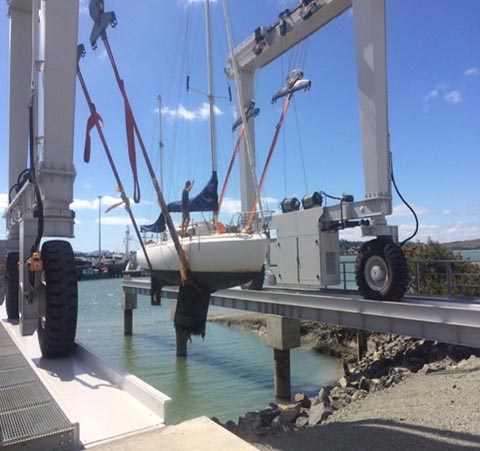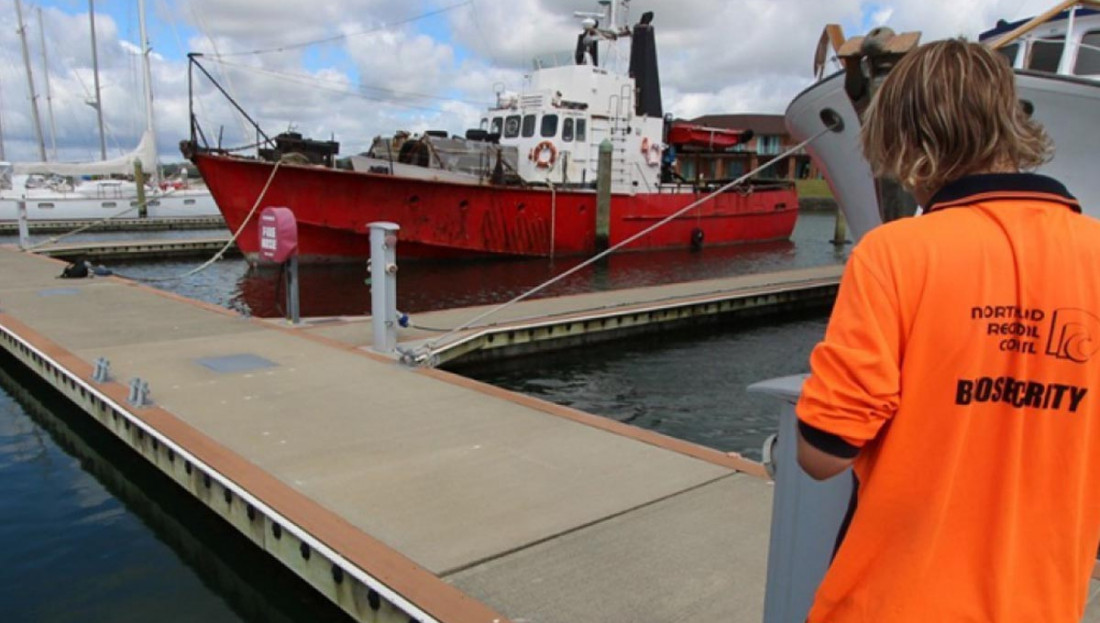United approach to marine biosecurity
Date
14 October 2018

Historically, the threats posed by marine pests have largely been placed in the too-hard basket – but now significant and positive changes are afoot aimed at future-proofing our precious marine life.
The risks posed by new and established marine pests are becoming clearer, highlighting the importance of a coordinated, collaborative approach to marine biosecurity. The good news is there’s plenty of work happening in this space.
You may have heard of a few different marine biosecurity programmes being developed across the country.
There are currently two regional, operational marine pathway plans (a ‘pathway’ being the way a pest is transported from one place to another). Fiordland’s plan requires vessels to have a ‘clean vessel pass’ when entering the region, while in Northland vessels are required to have no more than ‘light fouling’ when entering the region and when moving between harbours within the region.
Other councils with pathway-style rules are Auckland and Gisborne, and there are proposed pathway-style rules in Hawkes Bay and Bay of Plenty.
These rules target the vector of pest movement. With marine pests, the largest risk comes from biological growth on the hulls of vessels moving from region to region.
There are also a number of regions that have marine biosecurity programmes comprising surveillance and management of identified marine pests and small-scale management programmes for marine incursions.
From this, you might get a picture that the work in the marine sector is happening in an isolated fashion and creating a bureaucratic nightmare for users of the sea. Fear not however, staff working within marine biosecurity are extremely collaborative and this is evident in the latest piece of work proposed by the Top of the North (TON) Marine Biosecurity Partnership.
Four councils within this partnership – Auckland, Northland, Waikato and Bay of Plenty – are proposing to launch an inter-regional marine pathway plan discussion document. This proposal has the support of the Ministry for Primary Industries, which is also a key partner of the TON group.
This discussion document aims to highlight marine biosecurity issues and the need to have a consistent management approach among regions. This is especially important,
considering that the main risk vector to manage is the vessels that traverse all over New Zealand. The document will be launched later this year with an extended time for feedback to be received.
Learn more, check out the Top of the North's Marine Biosecurity Guide.
